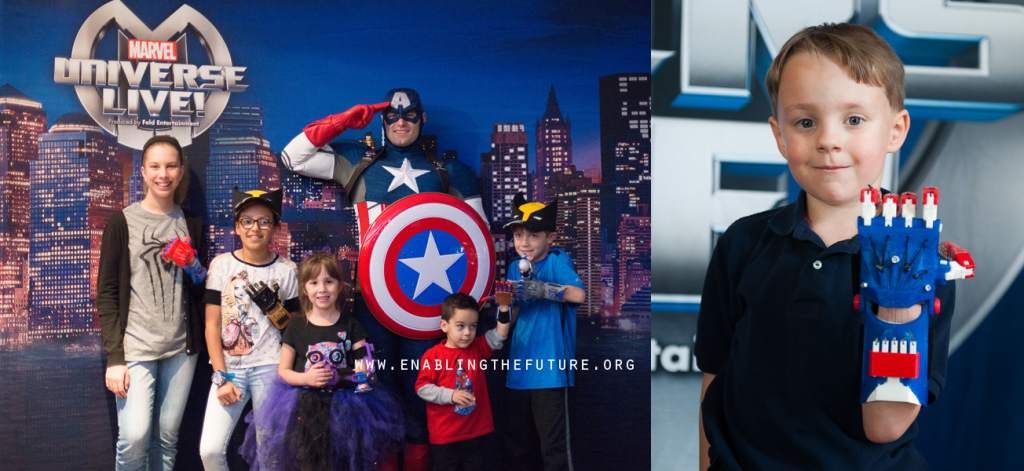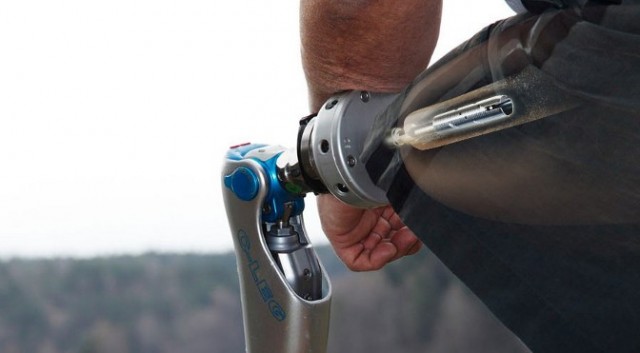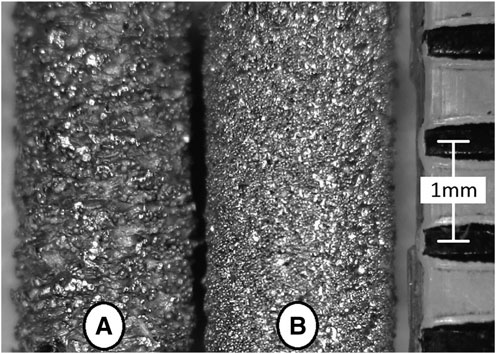3D printed artificial limbs are popular projects for makers and organizations around the globe. Computer aided design (CAD) and the cost of materials means that people are able custom-make prosthetic devices with improved features, and at a fraction of the cost, of those already on the market.

The market standard, and 3D printed prosthesis, are typically designed to fit on the remaining part of a patient’s arm or leg, existing somewhat independently of the wearer. However, in light of recent medical advances, artificial limbs can now be attached to a patient by screws implanted inside the body.
The main challenge with this approach though, is creating an implant that the body is happy with.
Competing against the human body
The body’s immune system is strong and so it will generally reject or fight any alien material it deems ‘incompatible’. To trick the body into thinking that a man-made material is biocompatible medical implants, like those used to affix artificial limbs, must be made to appear the same as natural tissues in the body, i.e. bones, muscle, cartilage.

Researchers at NC State University and the University of North Carolina have used metal 3D printing techniques to recreate bone textures on the surface of joint implants. The supporting study, published in the journal 3D Printing and Additive Manufacturing, compares the textures possible through electron beam melting (EBM) and direct metal laser sintering (DMLS) methods of 3D printing.
Machines and materials
For EBM 3D printing the researchers used a A2 machine from GE-owned Swedish company Arcam. DMLS technology was provided by an M290 3D printer from EOS, that recently made changes in its management.
Demo of Arcam’s EBM process. Clip via: Guy Doyen on YouTube
Both sets of 3D printed implants in North Carolina’s study were made from grade 5 Titanium, “the workhorse” metal of the titanium world. EBM is found to be effective at producing a coarse textured implant. DMLS by comparison can produce both fine and coarse surfaces.
The results
Pins with these different textures were placed inside the legs of living rats, and study for a period of 4 weeks. At the end of the test cycle, the coarse EBM pins proved harder to remove than those produced using DMLS. This is because the EBM pins promoted a more rapid rate of cell-acceptance and growth within the body. Conversely, DMLS pins with a coarse textured showed better cell growth than those with a fine texture.

Overall, the study is a positive indicator that metal 3D printing is a an acceptable method for producing pins that can be used to attach artificial limbs. However, further research must be done to discover the optimal texture for implants in the body.
The full report, Osseointegration of Coarse and Fine Textured Implants Manufactured by Electron Beam Melting and Direct Metal Laser Sintering, is available to read online. It is co-authored by David Ruppert, Ola Harrysson, Denis Marcellin-Little, Sam Abumoussa, Laurence Dahners, and Paul Weinhold.
Stay up-to-date with the latest 3D printing news by subscribing to our newsletter and following us on twitter and Facebook.
Featured image: Coarse implant pins 3D printed using EBM (A) and DMLS (B). Image via 3D Printing and Additive Manufacturing journal.



